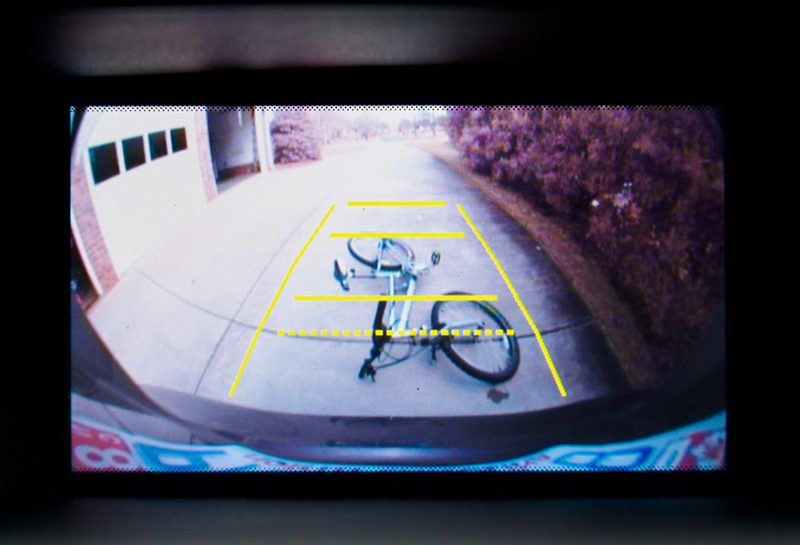It turns out that auto manufacturers have spent billions ofdollars on technology for cars and light trucks that their ownersare not using.
|According to the newly released J.D. Power 2015 Driver Interactive VehicleExperience (DrIVE) Report, during the first 90 days ofownership, at least 20% of new vehicle owners have not used 16 ofthe 33 technologies measured.
|The top five features least likely to be used include:
- In-vehicle concierge (43%)
- Mobile routers (38%)
- Automatic parking systems (35%)
- Head-up display (33%); and
- Built-in apps (32%)
“In many cases, owners simply prefer to use their smartphone ortablet because it meets their needs; they're familiar with thedevice and it's accurate,” said Kristin Kolodge, executive directorof driver interaction & HMI research at J.D. Power. “In-vehicleconnectivity technology that's not used results in millions ofdollars of lost value for both consumers and themanufacturers.”
|In addition, the report identified 14 technology features that20% of the owners would prefer not to have in their nextcar, including Apple CarPlay and Google Android Auto, in-vehicleconcierge services and in-vehicle voice texting.
|Just say 'no'
|Gen Y drivers feel even more strongly about the technology theydon't want with 23% saying they don't need entertainment-relatedtechnology and connectivity systems.
|Most drivers said they did not find the technology useful andthat it was usually part of a package they didn't want. Dealers whofailed to show new owners how to use the technology increased thelikelihood that it would not be used. This was especially true forany equipment that was not activated when it was delivered to thecustomer, since the owner was frequently unaware of itsexistence.
|
(Photo: Shutterstock/CLS Design)
|What technologies do drivers want? According to Kolodge theywant those that will improve the driving experience and passengersafety such as vehicle health diagnostics, blind-spot warning anddetection, and adaptive cruise control.
|Related: New definition of auto reliability: It's all aboutthe technology
|“The first 30 days are critical. That first-time experience withthe technology is the make-it-or-break-it stage,” explainedKolodge. “Automakers need to get it right the first time, or ownerswill simply use their own mobile device instead of the in-vehicletechnology.” Manufacturers who train dealership staff on thetechnology will enable them to better assist their customers inlearning how to use the options on their new vehicles.
|Technology increases repair pricing
|The technology is making cars safer, however, it also impactsthe repair costs if there is an accident. “While some technologies,such as lane-departure warning, are making vehicles safer, theinsurance industry is very concerned about the driver-distractionhazards caused by some of the other technologies,” said ChipLackey, senior director of the insurance practice at J.D. Power.“In addition, technology drives up the repair and replacementcosts. A slight bumper scrape that would normally cost a fewhundred dollars to repair can catapult a claim into thousands ofdollars when a park assist camera or other sensors aredamaged.”
|Data for the DrIVE Report was gathered from more than 4,200vehicle owners and lessees between April and June 2015.
Want to continue reading?
Become a Free PropertyCasualty360 Digital Reader
Your access to unlimited PropertyCasualty360 content isn’t changing.
Once you are an ALM digital member, you’ll receive:
- All PropertyCasualty360.com news coverage, best practices, and in-depth analysis.
- Educational webcasts, resources from industry leaders, and informative newsletters.
- Other award-winning websites including BenefitsPRO.com and ThinkAdvisor.com.
Already have an account? Sign In
© 2024 ALM Global, LLC, All Rights Reserved. Request academic re-use from www.copyright.com. All other uses, submit a request to [email protected]. For more information visit Asset & Logo Licensing.








